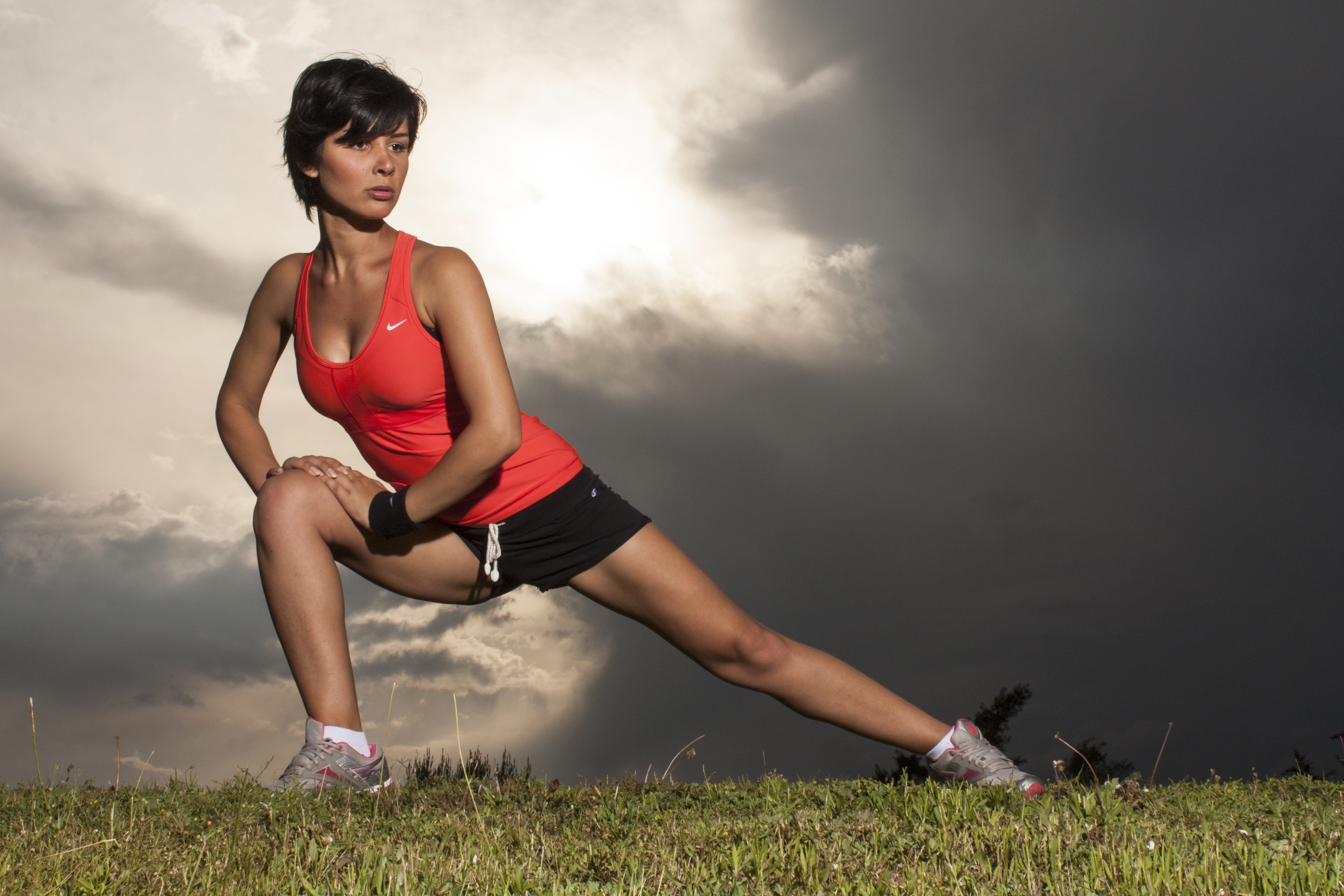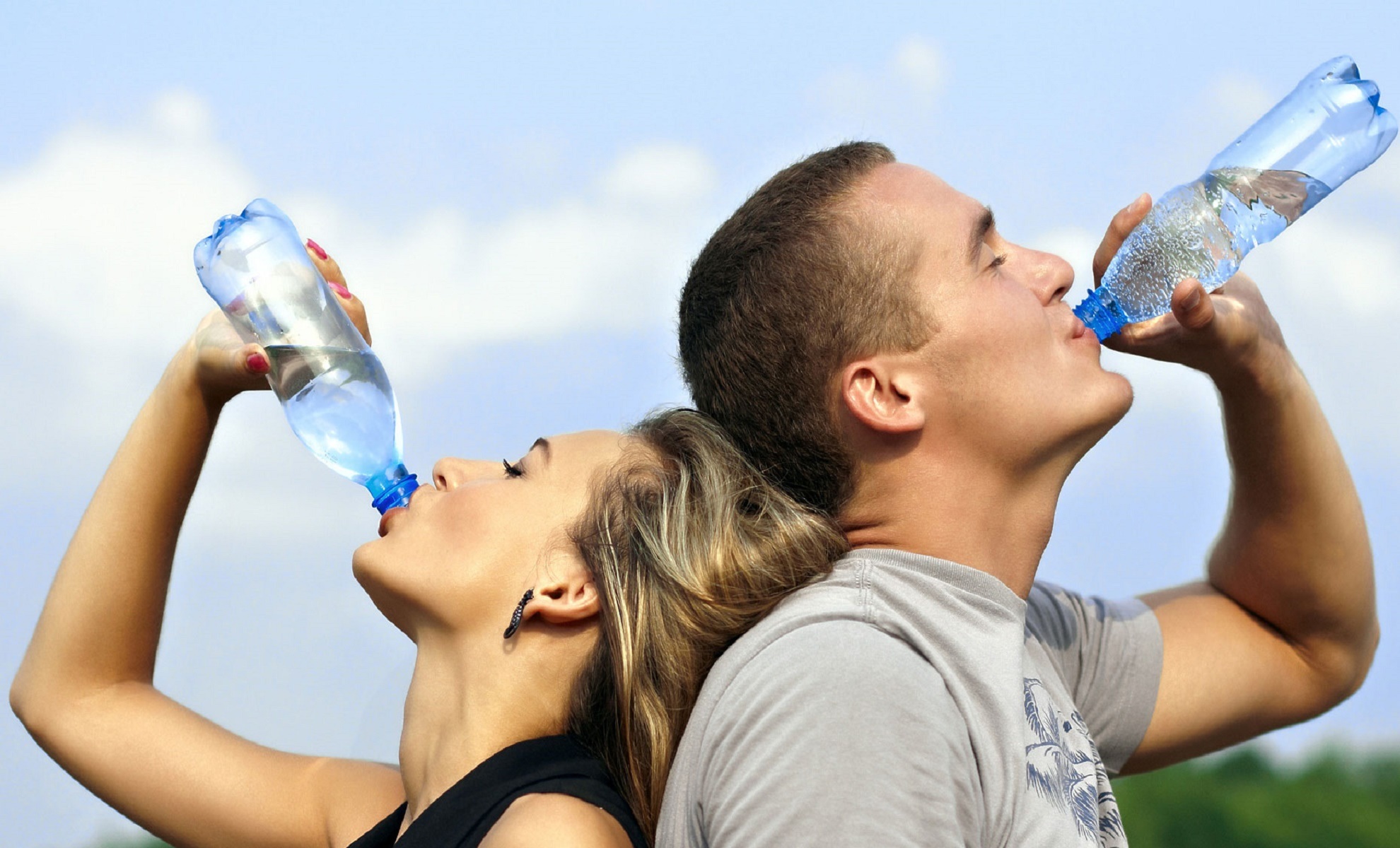Exercising regularly has been proven to be beneficial to the mind and body. It helps in boosting cognitive skills and keeps the body healthy, fit, and trim.
Nonetheless, many are not aware that there are necessary safety precautions that should be observed during exercises or workouts.When these precautions are not observed, they could be detrimental to the person’s health.
So, what are these safety precautions that you must observe? Here’s a list you can peruse.
Safety Precautions During Exercises:
1. Warm up before exercising
Warming up by doing some stretches will slowly acclimatize your body to the upcoming exercises. The body is like a car that you have to rev up gradually to increase its speed. Abrupt and strenuous movements can cause muscle injuries.
For runners, dynamic stretches are recommended rather than static stretches. For individuals who just want to work out, static stretches can be done.
Static stretches are done by holding a muscle in position for 35 seconds or more. Examples of static stretches are: hamstring stretch, calf stretch, buttock stretch and thigh stretch.
On the other hand, dynamic stretches are done with active movements, such as butt kicking and hip rotations.
If you don’t warm up, you would be ‘shocking’ your muscles into action, which could cause muscle tear. The sudden burst of energy may also have unhealthy side effects, such as an abrupt elevation of your blood pressure and an increased heart rate. This could lead to heart attack or stroke.
Hence, stretch your arms and legs for a few minutes before starting your exercise regimen.
2. Cool down after exercising
In the same manner that you have warmed up for your exercise, you have also to cool down after exercising. This is because an abrupt cessation of the exercises may not allow the muscles to go back to their relaxed, normal state.
This can exacerbate muscle pains and slow down muscle recovery. Stretch those hamstrings, shoulders and hips before finally ending your exercises for the day.
3. Hydrate yourself sufficiently
When you exercise, you sweat a lot. This process will eliminate water quickly from your body. Sweating profusely can dehydrate you severely, and may cause health problems. Thus, hydration is essential for athletes and people who sweat a lot.
Normally, the body requires at least 8 glasses of water per day, but since you will be losing water rapidly – through perspiration – your water intake should be more than 8 glasses.
You can drink water before, during and after the exercises. There’s no iron-clad rule regarding the time of hydration. Bear in the mind that the amount of water (sweat) you eliminate from your body, must be replaced with the same volume of water.
Without enough water, the body cells could not perform their physiological function properly. This is because the body needs 60% to 70% of water for adequate hydration.
Electrolytes, such as sodium and chloride are also excreted, together with water. Sodium plays a major role in active water transport, while chloride plays a passive role.
There are energy drinks containing these electrolytes, but since you don’t know your base blood values, you should refrain from taking in any electrolyte drink not pre-approved by your doctor.
Water is still the best hydrating liquid because it has no side effects, and it’s safe for the body even when taken in large amounts, for as long as the body needs it.
4. Wear protective material
If you’re using your legs or knees during your exercise regimen, you must wear protective covering or gear, please choose for yourself the best knee brace, elbow brace, or head cap. This is a precaution to ensure that these vulnerable areas are protected properly.
5. Wear appropriate outfit for your exercise
You must also wear the outfit appropriate for your exercise. Wear comfortable shoes and clothing that doesn’t restrict your movements. Too tight clothing can block the smooth circulation of blood in your system.
This would endanger your health because the body portion occluded by the tight clothing would lack oxygen and essential nutrients. In prolonged cases of blood vessel obstruction, that body part could start to necrotize. Tissue cells in that area would eventually die, if the blood flow continues to be blocked.
If you plan to exercise outdoors, ascertain that you are wearing clothes that are suitable for the weather.
6. If you have an illness, consult your doctor first before starting your exercise
This safety precaution is crucial. There are certain illnesses that prohibit any form of exercise; thus, you have to obtain your doctor’s approval first before starting your workouts.
This is most especially applicable for people with heart and lung ailments. There is an increased risk for these individuals to collapse, or have a heart failure, and die during an intense workout.
Conclusion:
Being aware of these safety precautions will ascertain that you remain safe while exercising. Being a health aficionado, your health should be your primary consideration.


